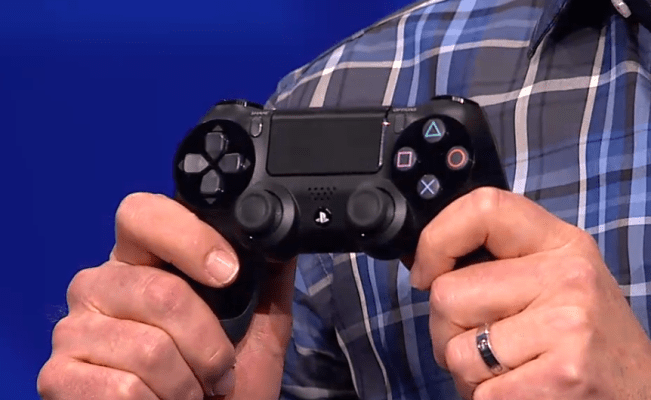Sony’s PlayStation 4 made its grand debut today in a presentation with all the theatrical flair to be expected from an electronics company that’s also a media company that’s also a producer and publisher of blockbuster video games. But the pomp hides a hurting heart: Sony’s FY 2012 financial results saw it swallow a $5.74 billion loss, with PS3, PSP and PS2 hardware sales all down versus the previous year. And Microsoft is playing the home media center card to perfection, hedging bets against a future where a dedicated gaming console isn’t the draw it once was.
Sony did more than unveil a next-gen gaming platform today: it answered the question of how it would adapt to this changing world. And the answer might not be what you were expecting: Sony made a point of saying it was moving away from the living room, and putting the gamer at the center of the new platform. The company then went on to talk for at least 10 minutes about hardware and specs, and after a brief interlude to discuss cloud gaming, launched into a series of gaming demos. Which, if you’ve ever seen gaming demo videos, delivered exactly what you’d expect. And that was not excitement.
There was another Killzone, which looked pretty much like the others with better graphics. There was a racing simulator that was supposedly about some innovative team play, but whose developer focused on showing suede textures more than anything else. Then there was Sucker Punch’s Infamous spinoff game about mutant, which is actually decently cool since I really liked the first two Infamous titles. There were some indie games, which were more interesting than the AAA titles if only because they offered a little variety. Then there were a bunch more games from usual suspects like Square Enix and Ubisoft, Blizzard with a Diablo III port, and Bungie’s latest. But overall the message was clear: Sony’s PS4 is an evolution, not an about-face, or a realization that being a game console might not mean what it used to mean.
Here’s a typical reaction to what Sony was showing off during the bulk of its presentation, in case you think I’m only expressing my own opinion:
Later they brought out the Move controller. That’s crazy, Sony. You’re crazy if you think the Move controller will be saved by the PS4 when across the aisle is the Kinect with its hands-free, truly innovative full body movie tracking. If you think people will build 3D sculptures with a wand with a ball on the end you’ve absolutely lost your mind. There’s something to be said for trying something different, but these are things that are already better done by existing tools, or by competitors. Cutting their losses would’ve been a better strategy with the Move.
What was missing from Sony was a discussion of anything that could’ve made it a more broadly appealing device. Sony needed the introduction of streaming media partners; cable and satellite providers willing to use it for IPTV delivery; integration that would make connections with mobile devices more than just a way to have a tiny screen for select, old games and some leftover social functions; at a bare minimum it needed a physical device, and a date beyond “Holiday 2013.” It (and we, as potential customers) needed way more than a falling back on graphics, eye candy and tech demos, which may have served the gaming industry well in the past, but which have done nothing to stem the rising tide of mobile platforms like iOS and Android.

